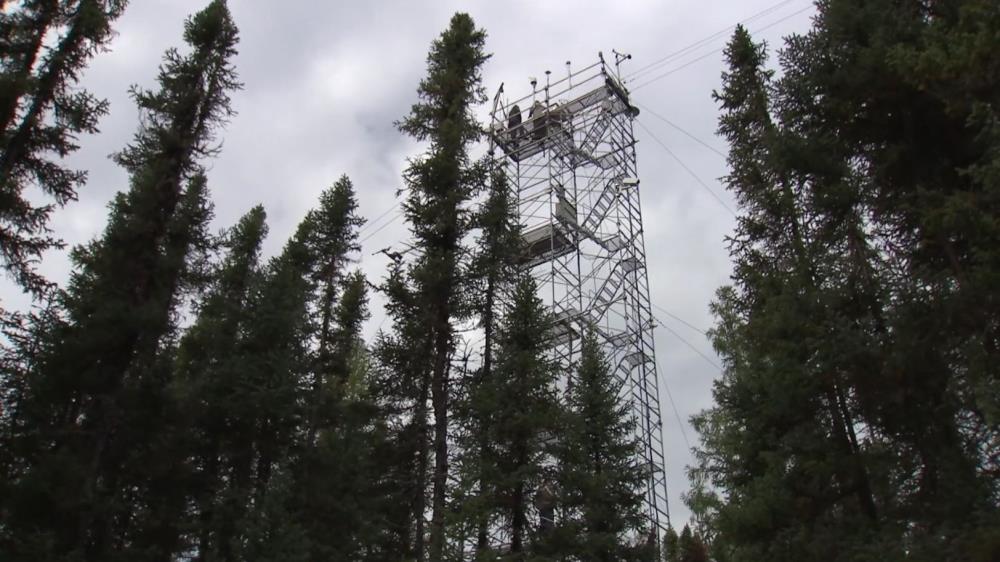
Related items loading ...
Section 1: Overview
Name of Research Project
|
Related Project
|
Part
|
|
Managing Urban Eutrophication Risks under Climate Change: An Integrated Modelling and Decision Support Framework
|
|
|
GWF-LF: Lake Futures
|
|
|
|
|
Program Affiliations
Related Research Project(s)
Dataset Title
Linking spectral induced polarization (SIP) and subsurface microbial processes: Results from sand column incubation experiments
Additional Information
Creators and Contributors
|
Philippe Van Cappellen | PI | pvc@uwaterloo.ca | University of Waterloo |
Adrian Mellage | Originator | amellage@uwaterloo.ca | University of Waterloo |
Atekwana Estella | Collaborator | estella.atekwana@okstate.edu | Oklahoma State University |
Alex Furman | Collaborator | afurman@technion.ac.il | Israel Institute of Technology |
Fereidoun Rezanezhad | Collaborator | frezanez@uwaterloo.ca | University of Waterloo |
Christina Smeaton | Collaborator | christina.smeaton@uwaterloo.ca | University of Waterloo |
Abstract
This dataset is comprised of spectral induced polarization (SIP) spectra and complementary biogeochemical data obtained in saturated columns packed with alternating layers of ferrihydrite-coated and pure quartz sand. Six identical column reactors were packed with the layered sand configuration and inoculated with Shewanella oneidensis supplemented with lactate and nitrate. Each replicate was sequentially sacrificed at pre-specified time points in order to monitor aqueous concentrations related to the dissimilatory reduction of nitrate to ammonium, coupled to the oxidation of lactate. The column sampled at the end of the incubation (i.e., sampled last), was fitted with electrodes for SIP measurements, conducted periodically (on the order of hours) throughout the incubation. Sacrificial sampling was necessary to relate bulk processes to SIP signals being measured within the experimental system. Furthermore, simulated biogeochemical concentration time-series and reaction rates were generated by a biomass-explicit diffusion-reaction model, fitted to the experimental biogeochemical data. A Cole-Cole relaxation was performed on the spectral geophysical data in order to extract chargeability and relaxation times, to relate these to microbial abundance and physiology as well as model-computed reaction rates.
Purpose
This dataset was developed with the intention of capturing induced polarization, geo-electrical, responses associated with the growth dynamics of organic carbon degrading anaerobic subsurface microbes. The combined biogeochemical monitoring, spectral induced polarization measurements and both reactive transport and geophysical modeling, resulted in the generation of a unique, cross-disciplinary dataset that combines information gained from different approaches across two major geoscience disiplines. Specifically, experimental data and modelling of biogeochemical processes are combined with geophysical measurements and modelling, combining biogeochemistry and geophysics.
Plain Language Summary
Keywords
|
Biogeochemistry |
Ecohydrology Research Group Laboratory, University of Waterloo, Ontario, Canada |
Dielectric |
Geophysical surveys |
Groundwater |
Mineralogy |
Ontario |
Citations
Van Cappellen, P., Mellage, A., Estella, A., Furman, A., Rezanezhad, F. and Smeaton, A. (2019) Linking spectral induced polarization (SIP) and subsurface microbial processes: Results from sand column incubation experiments. Waterloo, Canada: Canadian Cryospheric Information Network (CCIN). Unpublished Data.
Additional Publications:
Adrian Mellage, Christina M. Smeaton, Alex Furman, Estella A. Atekwana, Fereidoun Rezanezhad, and Philippe Van Cappellen. Linking Spectral Induced Polarization (SIP) and Subsurface Microbial Processes: Results from Sand Column Incubation Experiments. Environmental Science & Technology 2018 52 (4), 2081-2090.
DOI: 10.1021/acs.est.7b04420.
Section 3: Status and Provenance
Dataset Version
Dataset Creation Date
Status of data collection/production
Dataset Completion or Abandonment Date
Data Update Frequency
Creation Software
Primary Source of Data
Other Source of Data (if applicable)
Data Lineage (if applicable). Please include versions (e.g., input and forcing data, models, and coupling modules; instrument measurements; surveys; sample collections; etc.)
Section 4: Access and Downloads
Access to the Dataset
Terms of Use
Does the data have access restrictions?
Downloading and Characteristics of the Dataset
Download Links and Instructions
Total Size of all Dataset Files (GB)
File formats and online databases
Other Data Formats (if applicable)
List of Parameters and Variables


 GWFNet
GWFNet Master
Master Data
Data Research
Research Map
Map
 Advanced
Advanced Tools
Tools
 . . .
. . .
 Metadata Editor
Metadata Editor
 Record List
Record List
 Alias List Editor
Alias List Editor
 Legacy sites
Legacy sites